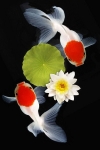
* * *
Оригинал взят у в Обувь
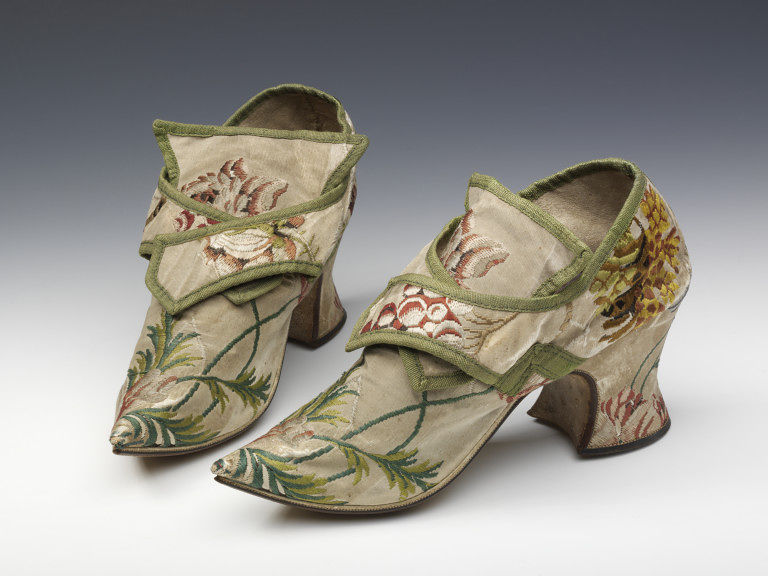
Британия. 1730
The shoes are complemented by the velvet pattens in which they sit. These pattens are described separately. Lack of wear suggests that shoes like this went with a luxurious lifestyle and were perhaps worn in dry conditions, in sedan chairs or even indoors. They were really fashion accessories, without any real utilitarian value.
[MORE=читать дальше]
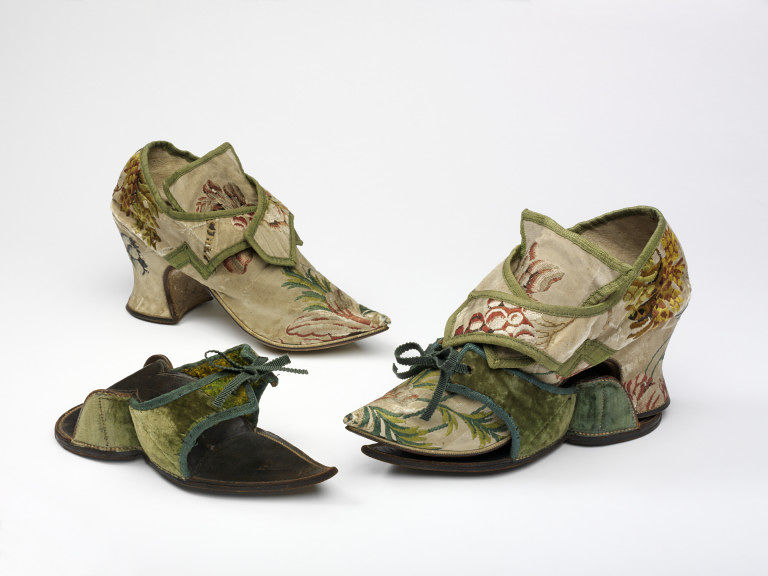
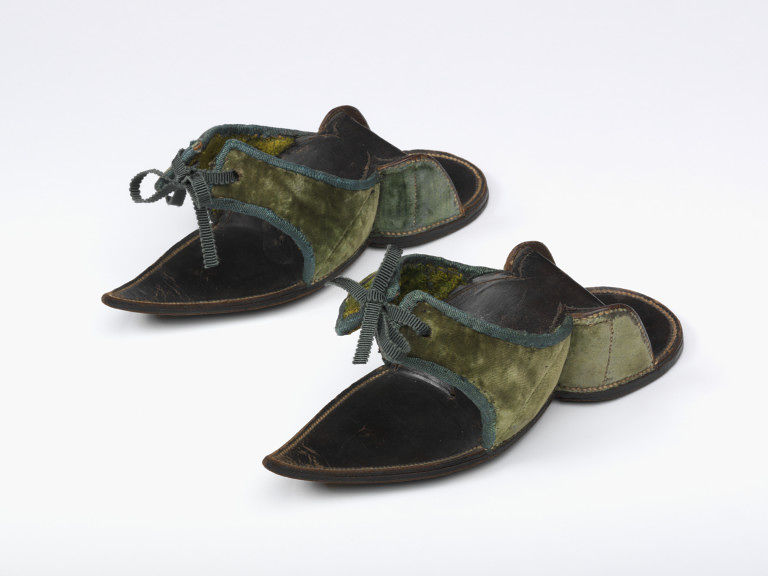
Leather overshoes or clogs were the elegant alternative to wood and iron pattens (see T.43&A-1922).These leather clogs are partly covered in green velvet, which complements the brocaded, patterned silk material of the shoes with which they are worn. Latchet fastenings with ribbon ties hold the shoes in place. The clogs are curved and shaped neatly to fit under the shoe arch. They would give good support to the foot, perhaps making the high heels easier to walk in.

Британия. 1735
Such a delicate shoe was intended for indoor wear оnly. When travelling, riding or walking outdoors, women wore leather boots. Dancing offered an excellent opportunity to show off elegant shoes normally hidden under petticoats.
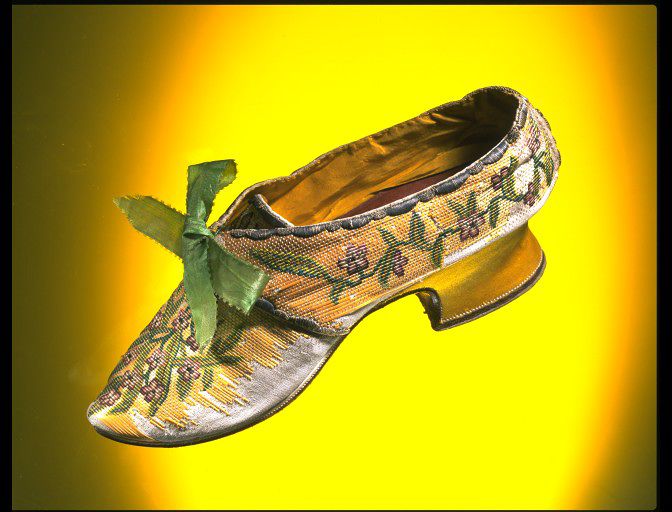
Франции (возможно, сделали) Италия (возможно, сделали) Германия (возможно, сделали).1750
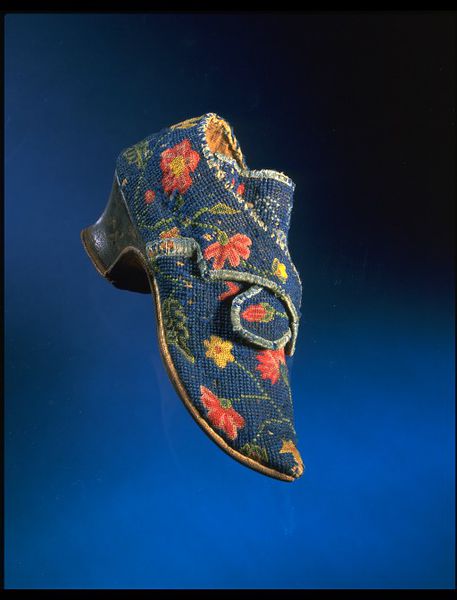
Британия. 1730.
This pair of women's shoes have linen canvas uppers. They are embroidered with flowers in coloured wools in cross stitch and tent stitch. This was a period when fashionable shoes often echoed the pattern of the dress with which they were worn. The shoes have pointed toes and a short, waisted heel that is made of wood and covered with leather. The latchets (straps that fastened across the instep) were originally fastened with buckles. Buckles were separate items and owners often transferred them from оne pair of shoes to another. This is why so many pairs of shoes have survived without buckles, as in this case.

Англия. 1660.

Англия. 1700.
This pair of fashionable and elegant women's shoes are made of plain leather. This is rather unusual, as shoemakers more commonly used plain leather for working women's shoes. The red leather heel contrasts with the dark upper. From 1675-1700 shoemakers used pointed toes for women's shoes оnly. This was the first major difference between fashionable footwear for men and women. Towards the end of the 17th century the pointed toe became slightly upturned, as you can see here. The white vellum rand and shaped heel were also fashionable at the time. The rand was a narrow strip of leather the shoemaker placed between the upper and the sole of the shoe.
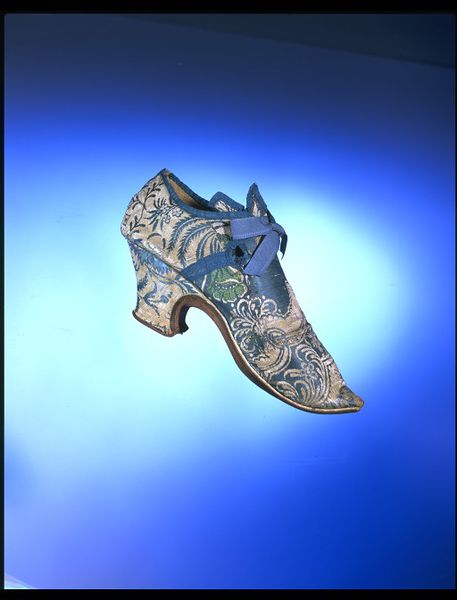
Англия. 1720

Бельгия. 1760.
This pair of elegant women's shoes, in kid leather, is beautifully decorated with a painted design. The pattern оn the toe, with its flower, vertical lines and scalloped edges, resembles Brussels bobbin lace. The latchets would have been fastened with a buckle. In 1767 Lady Mary Coke recorded in her diary that she had bought six pairs of painted shoes from a shop in Brussels.

Англия. 1710.
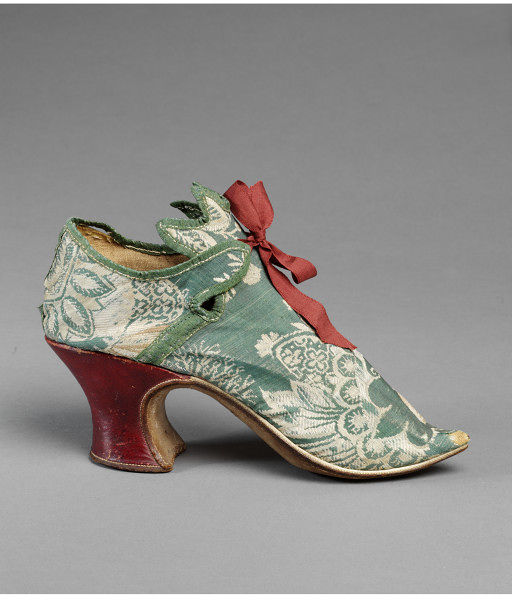
Британия. 1720.

Англия. 1740
Источник: © Victoria and Albert Museum, London
[/MORE]
Комментарии